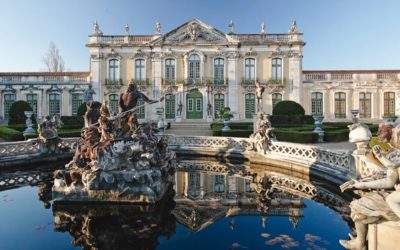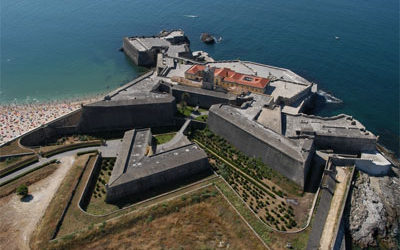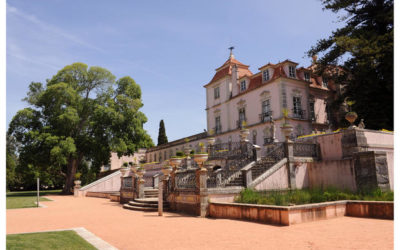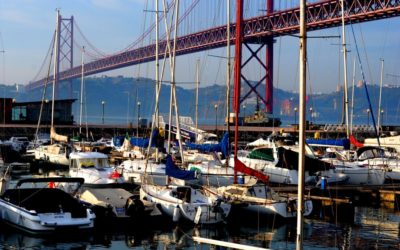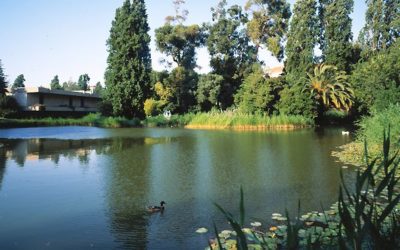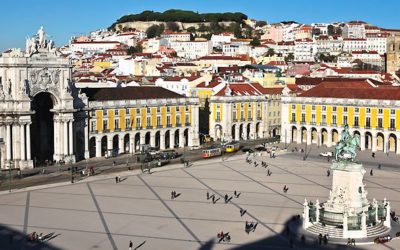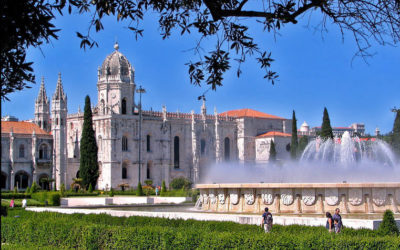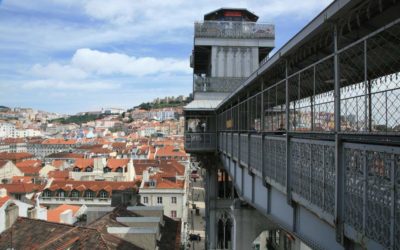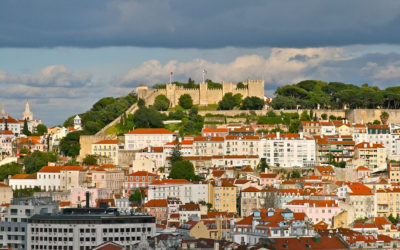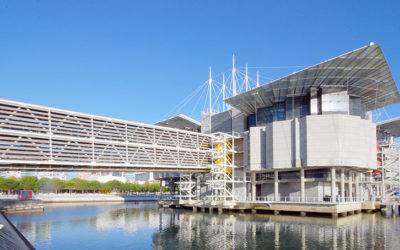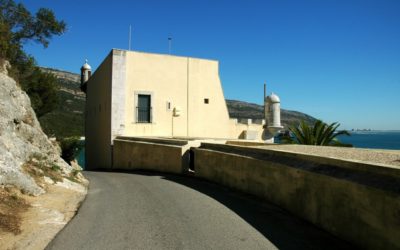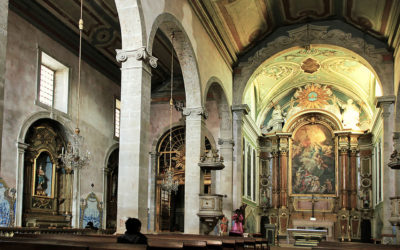Queluz Nacional Palace and Gardens
The Palace of Queluz and its gardens, represents one of the finest examples of late 18th-century Portuguese architecture. Built at the orders of Pedro III, the husband of D. Maria I (1734-1816), and used as a royal residence, this palace is one of the finest examples of Portuguese architecture in the late 18C. It has […]
